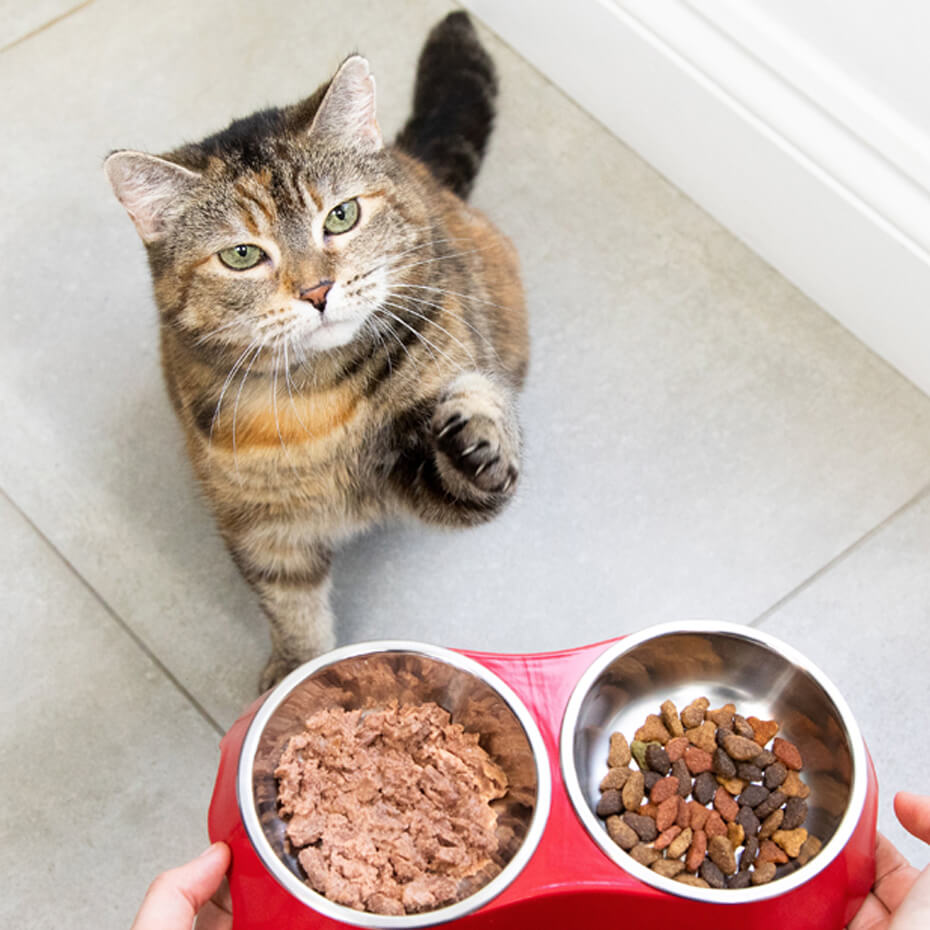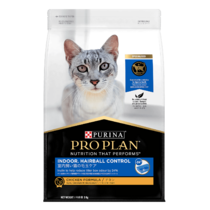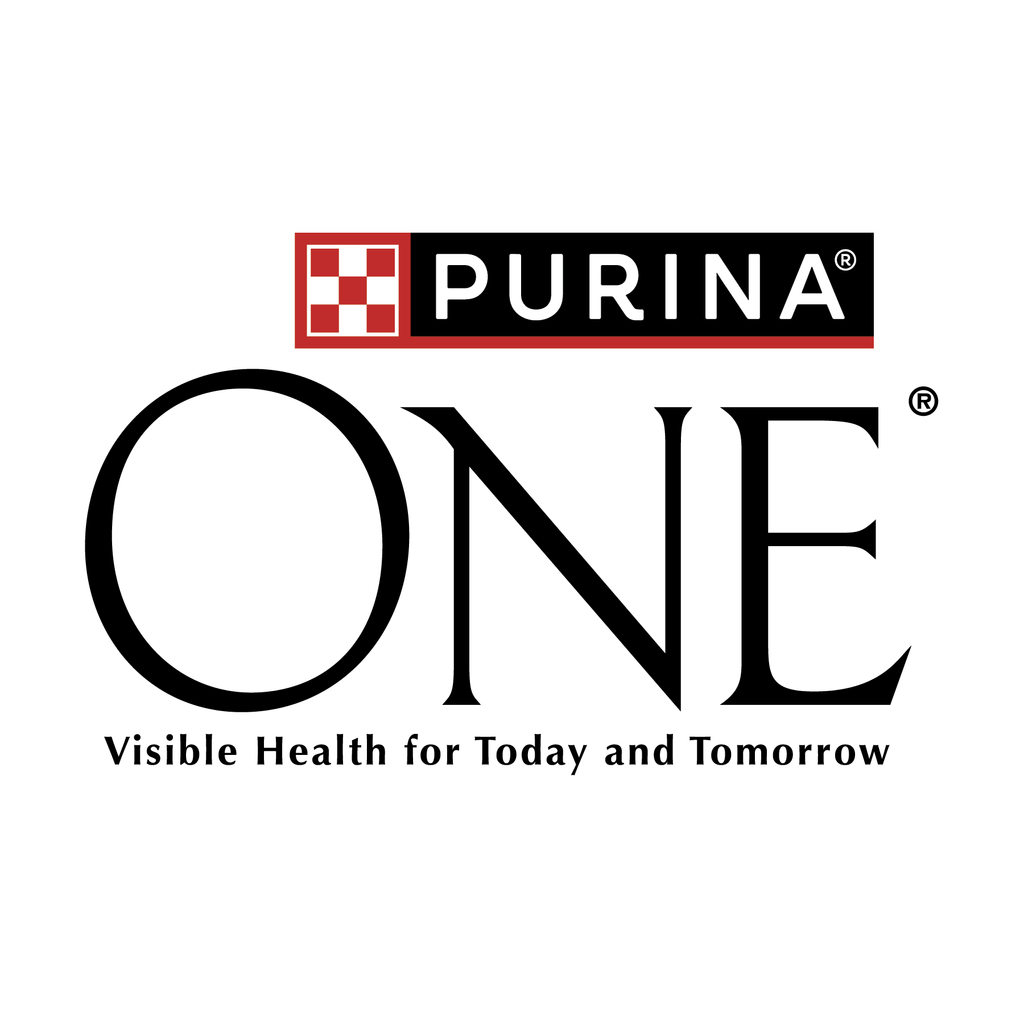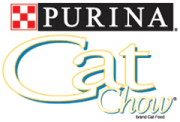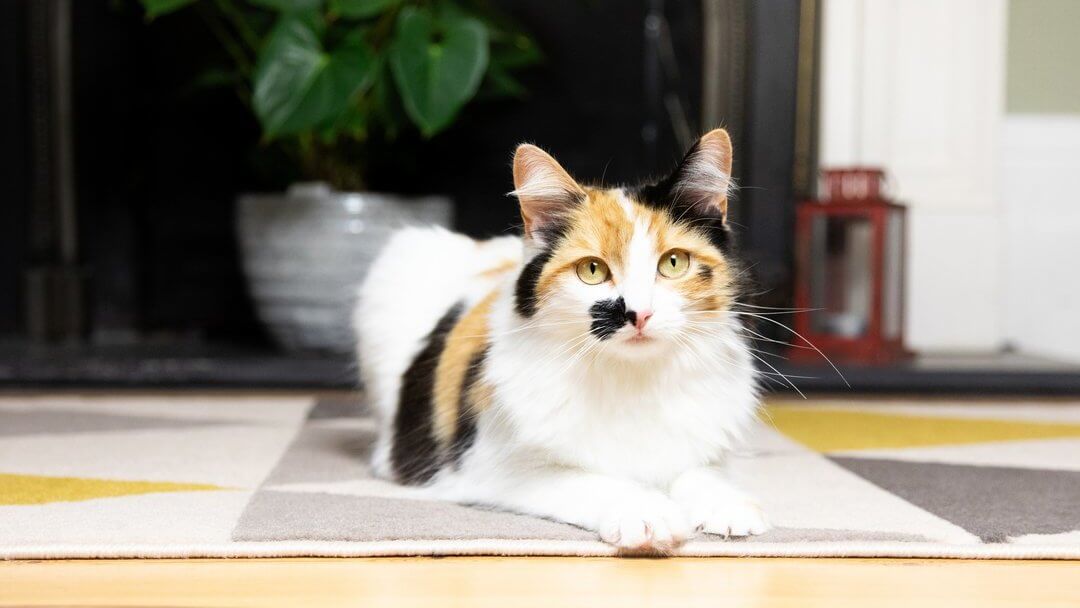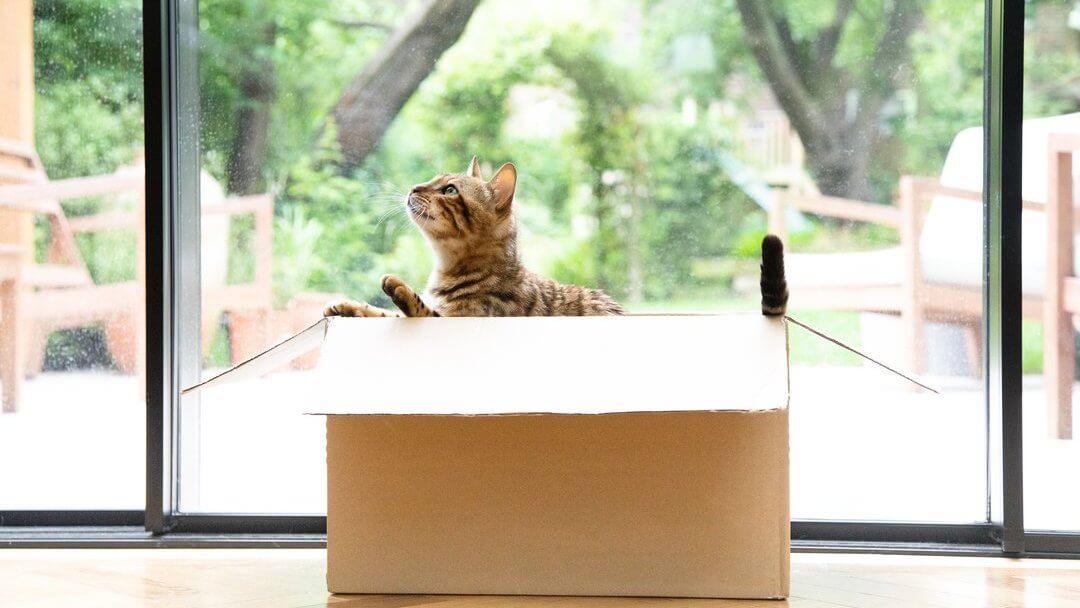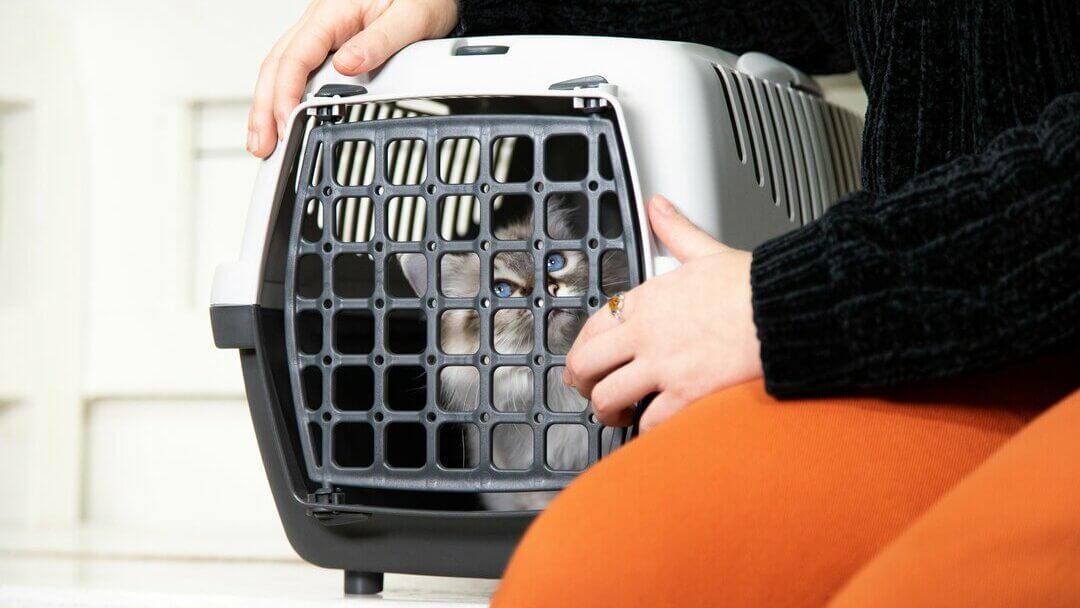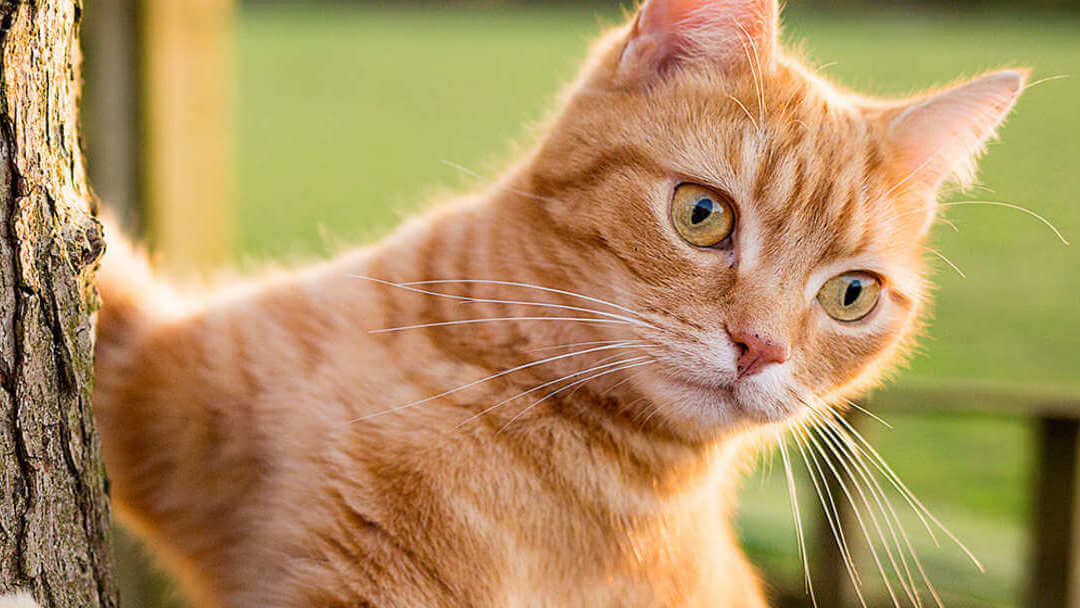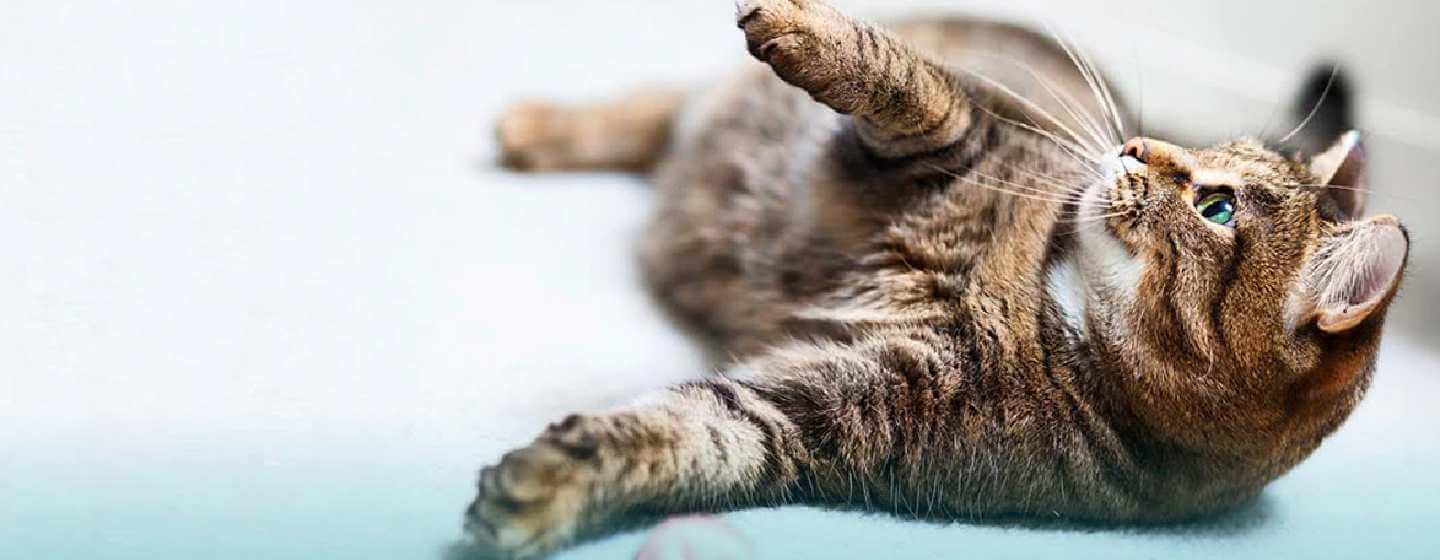
A cat’s health and well-being throughout their life are impacted by body condition.
Maintaining an ideal body condition is vital to help reduce the chances of your cat developing weight related conditions that can be both painful and life shortening.
The chart below will help you to identify what the ideal body condition should look and feel like for a cat.

Underfed
1. Ribs visible on shorthaired cats; no palpable fat; severe abdominal tuck; lumbar vertebrae and wing of ilia easily palpated.
2. Shared characteristics of BCS 1 and 3.
3. Ribs easily palpable with minimal fat covering; lumbar vertebrae obvious; obvious waist behind ribs; minimal abdominal fat.
4. Shared characteristics of BCS 3 and 5.

Ideal
5. Well-proportioned; observe waist behind ribs; ribs palpable with slight fat covering; abdominal fat pad minimal.

Overfed
6. Shared characteristics of BCS 5 and 7.
7. Ribs not easily palpated with moderate fat covering; waist poorly discernible; obvious rounding of abdomen; moderate abdominal fat pad.
8. Shared characteristics of BCS 7 and 9.
9. Ribs not palpable under heavy fat cover; heavy fat deposits over lumbar area, face and limbs; distention of abdomen with no waist; extensive abdominal fat deposits.
Your cat should be well proportioned with an obvious waist, palpable ribs with a slight fat covering, and a minimal abdominal fat pad which shouldn’t be hanging down.
Obesity in cats is the number one health problem they face today, so maintaining an ideal body condition can reduce a variety of health issues such as heart and breathing issues, diabetes, skin problems and heat stress, as well as increased stress on the body’s skeleton, ligaments and tendons which can lead to arthritis.
Just like humans, the main reason for obesity in cats is excess calories and little or no exercise. If your cat needs to lose weight here are some tips to help her reach her ideal weight.
- Cut out all human scraps that your family may be feeding your cat.
- Limit the treats you’re feeding your cat. These are often excess calories eaten on top of an already fully balanced diet. Excess treats may also make her lose her appetite for nutritionally balanced food. Remember that the caloric intake from treats should not exceed 10% of a cat’s total daily caloric requirement. If you give your cat treats, you should reduce the amount of food you give her accordingly.
- Reduce your cat’s caloric intake by feeding less and by feeding a weight management food that has reduced calories. Also measure your pet’s food. Without measuring it’s easy to overfeed.
- Introduce extra activity and play into her daily routine which isn’t always easy with a cat but try dangling a piece of string in front of her or roll a ping pong ball across the floor.
- Feed multiple times a day. If you have a cat that can monitor their own feeding you can measure out their daily intake and pop it down in the morning for them. If they choose to eat their daily allowance in one intake then try spreading it out across the day – this will make them feel more satisfied and fuller and also encourages them to get up and move to their bowl.

